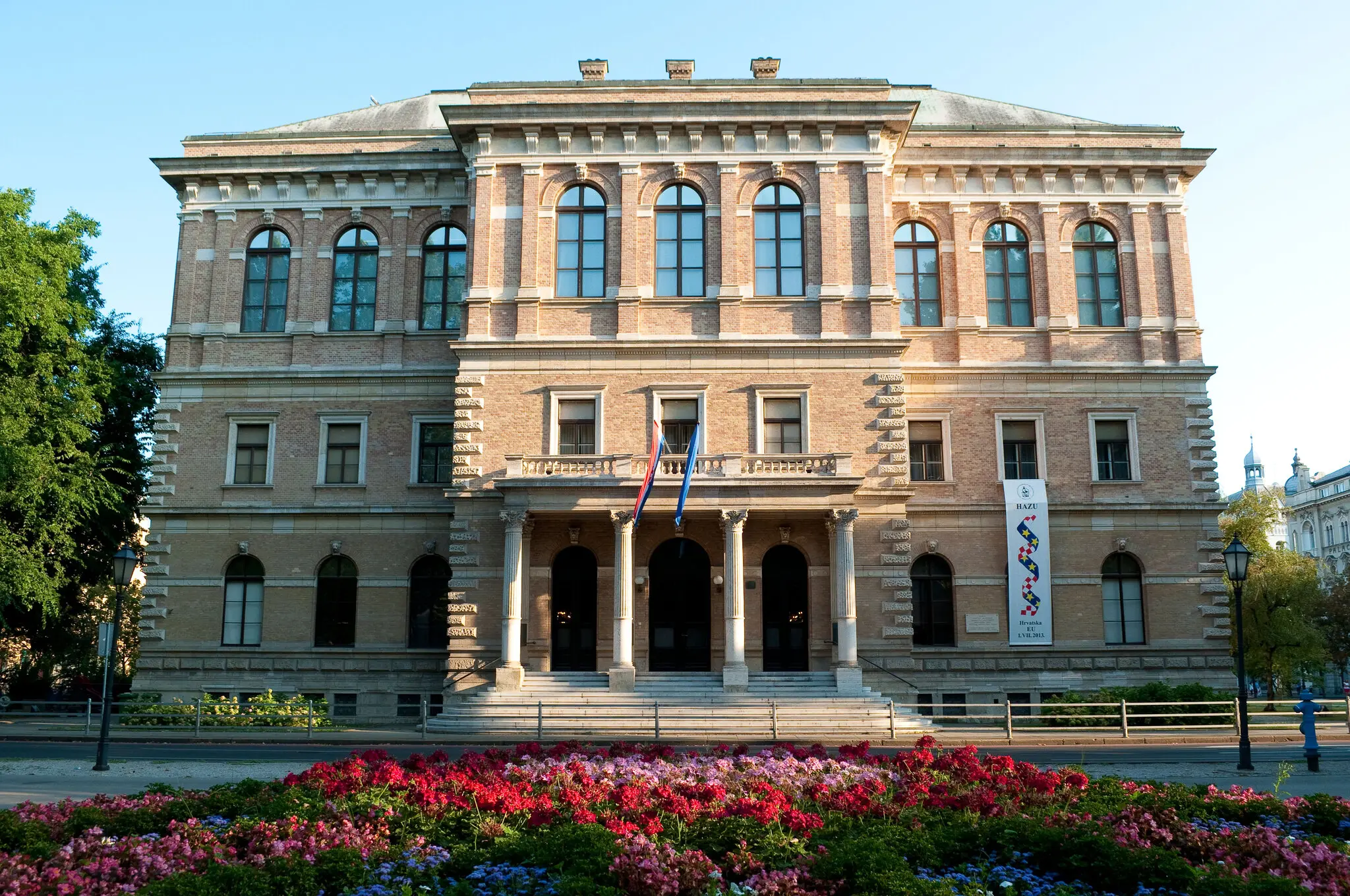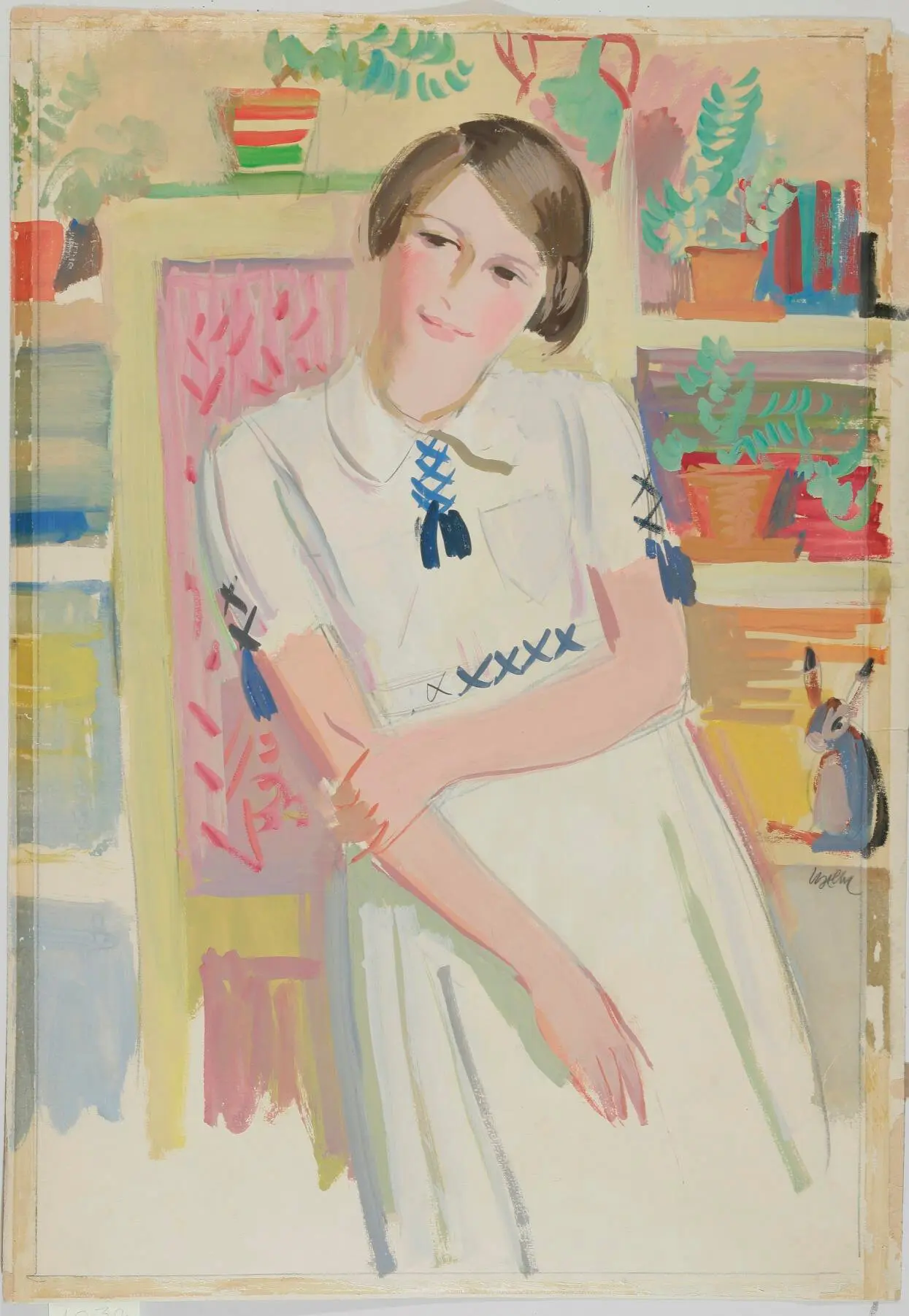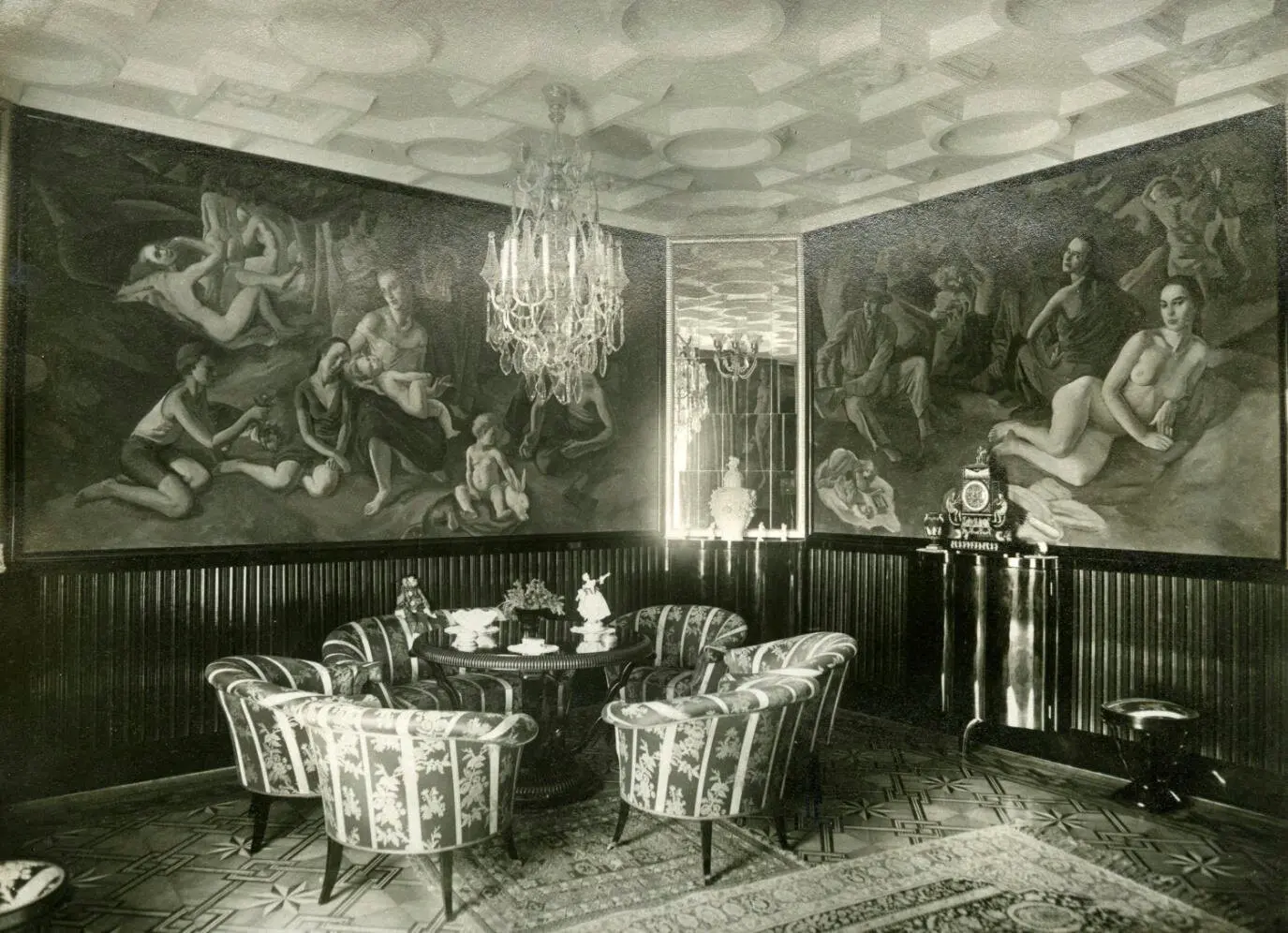News:
Croatia Takes a Step Toward Returning Art Looted During the Holocaust
By Catherine Hickley
A study released jointly by the government and the World Jewish Restitution Organization details the plunder from Jewish estates and lists some of the works still held in Croatian museums.

A report on the art taken from Jews in what is now Croatia during the Holocaust is viewed as a step toward the return of some works to heirs. Some art went to the Strossmayer Gallery of Old Masters in Zagreb
After decades of deflecting claims for artworks looted in the Holocaust, the Croatian government is taking steps toward returning art to the heirs of Jews whose collections were plundered by the Ustase regime, which ruled a puppet state allied with Fascist Italy and Nazi Germany during World War II.
The changed attitude is evident in a study the government has published in cooperation with the World Jewish Restitution Organization that chronicles the theft and lists some of the stolen collections — many of which are still held by Croatian museums.
The new report, called “Restitution of Movable Property in Croatia,” demonstrates that the government “shares the wish to provide Holocaust survivors and their heirs with a fair measure of justice,” Nina Obuljen Korzinek, the Croatian minister of culture, said in a statement late last month.
Her ministry has set up an expert group on provenance research, with the aim of “allowing indisputable attribution of looted property to their rightful owners,” she said. She also intends to seek “improvement to the legislative framework” for claimants, she said.
Croatia’s Jewish community was almost wiped out in the Holocaust after the invasion by the Axis powers and the creation in 1941 of the Ustase-ruled Independent State of Croatia in parts of occupied Yugoslavia. About 20,000 of 25,000 Jews were killed, most of them at the Jasenovac concentration camp. The inmates, who also included Serbs, Roma, Muslims and Croatian Communists and intellectuals, were brutally murdered by hanging, stabbing or beatings with hammers by their Ustase captors.
Confiscations of Jewish property began in 1941. Jews were evicted from their homes and forced to leave behind their belongings, which were appropriated or sold by the new inhabitants.
After World War II, cultural objects that had been looted from Jews were nationalized by the Communist regime and distributed to state museums and other institutions. Restitution efforts since Croatia declared independence from the Socialist Federal Republic of Yugoslavia in 1991 have focused on assets confiscated by the Communist regime — but not on Holocaust-era plunder.
A 1935 portrait of Vanja Deutsch Maceljski by Milivoj Uzelac, now in Zagreb’s Modern Gallery. Decades ago, the report said, she tried to reclaim the work and others that were in her father’s collection from Yugoslav authorities.Credit...via Modern Gallery Zagreb
Croatia was, however, among 44 states to endorse the 1998 Washington Principles, under which governments agreed to seek “a just and fair solution” for Nazi-looted art in public collections. Other European signatories such as the Netherlands, Germany and Austria have since set up claims processes, and restitutions have become routine for museums in those countries.
But so far, no restitutions of art in Croatian public collections to former Jewish owners have been announced, according to Wesley Fisher, director of research at the restitution organization. Nor is there a comprehensive list of looted art still held in Croatian museums.
“It’s been a difficult, long and somewhat frustrating set of conversations over the years with Croatia,” said Gideon Taylor, chair of operations at the restitution organization. “But if you want to move forward, you have to address the past. You can’t have looted art in your museums. This is a journey other countries have gone through, and it’s not easy, but it’s critical.”
Naida-Michal Brandl, an associate professor specializing in Jewish history at the University of Zagreb who was selected to write the new report, is the first independent scholar to be granted access to records at the Ministry of Culture that were kept by a Communist-era organization called the Commission for the Preservation of Cultural Monuments, or KOMZA. These records are lists of privately owned property appropriated by the Communist regime, including 10 collections known to have been confiscated earlier under the Ustase’s rule from Jews who fled or were deported.
The KOMZA archives are now publicly available and will be digitized, Obuljen Korzinek, the Croatian minister, said. While the lists are by no means a complete inventory of stolen Jewish property, the opening of the archives means “lawyers will be onto these files,” Brandl said. “There is no turning back from this point, and there is optimism restitutions will follow.”
Among the most important collections listed in the report is that of Robert Deutsch Maceljski, a Jewish timber merchant from Zagreb who was deported and murdered at Auschwitz. Twenty-six paintings from his collection were transferred to the Strossmayer Gallery of Old Masters. Other, more modern works wound up at the Modern Gallery in Zagreb, according to the new report.

Robert Deutsch Maceljski’s Zagreb apartment. His collection, including two Milivoj Uzelac paintings, Allegory of Work (left) and Allegory of Beauty (right), were confiscated during the war.
His daughter Vanja Deutsch Maceljski survived the Holocaust and tried to reclaim the collection from Yugoslav authorities in 1958 and 1967, to no avail. A gouache portrait of her by the influential Bosnian Serb artist Milivoj Uzelac, commissioned by her father, is housed in Zagreb’s Modern Gallery.
“I don’t know how much is in the museums, and how much has vanished,” said Beth Bird Pocker, Vanja Deutsch Maceljski’s stepdaughter and an heir to the collection who lives in Sarasota, Fla. “Of all the pieces, the one I most desire to own is the portrait of my stepmother. She needs to be with the family.”
Pocker has tried, unsuccessfully, to track down Vanja Deutsch Maceljski’s correspondence with Yugoslav authorities in which she argued for the return of the collection.
“I need to find out precisely what she wanted,” she said. “I feel that this task has been foisted on me and I have to honor her wishes. It’s important that Croatia has finally acknowledged reality, and this report is a tremendous step forward.”
Croatia joined the European Union in 2013 and is set to adopt Europe’s common currency, the euro, in January 2023. Next year, it will also assume the rotating presidency of the International Holocaust Remembrance Alliance, of which it has been a member since 2005.
The joint report by the restitution organization and the Croatian government is “a major turning point” that reflects a growing willingness to address the crimes of the Holocaust, said Sara Lustig, the country’s first Special Advisor to the Prime Minister for Holocaust Issues and Combating Antisemitism.
“A whole new chapter is opening in how Croatia deals with the Holocaust,” Lustig said by phone. “We are just now getting started.”


